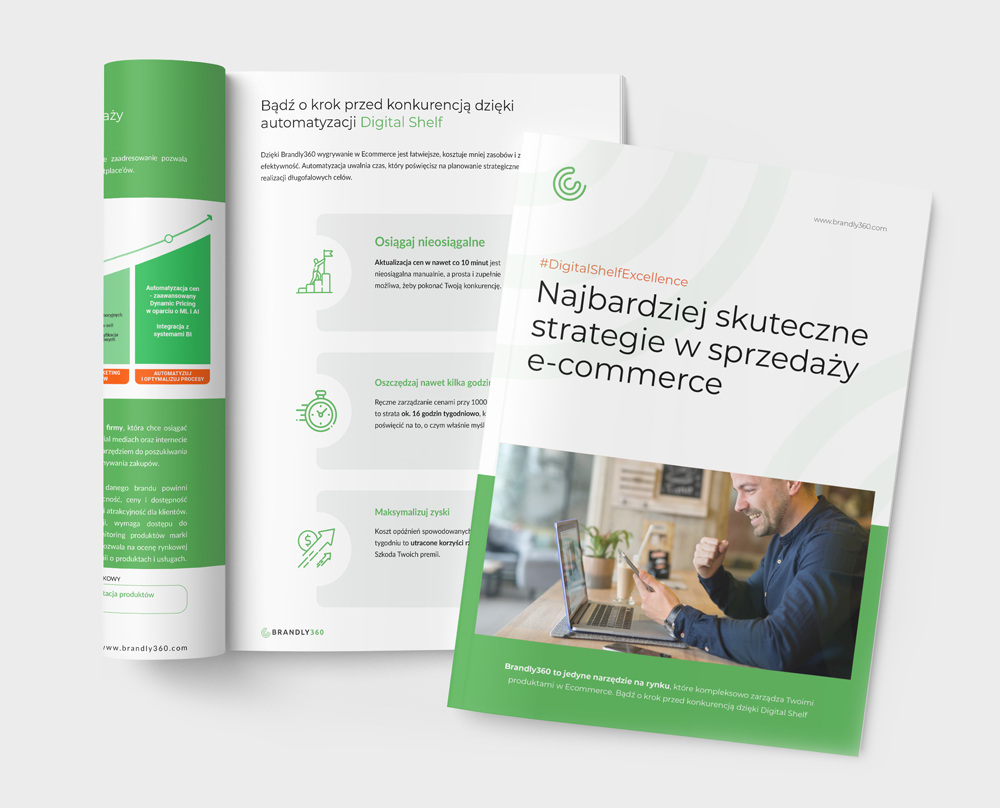Solutions
The e-commerce sector of today is incredibly competitive, with thousands of independent businesses vying for the attention of the same consumers.
Typical advantages like product quality or its capabilities, which traditionally would give one organization a leg up over another, are often insufficient to persuade modern clients. Ultimately, it comes down to the price, and whoever can offer the lowest will be in a position to steal a good portion of their competitors’ business.
It means companies must engage in either manual or automated competitor price monitoring to ensure their prices remain competitive. The question is, which of these methods is the best choice for your business?
Here’s a detailed explanation of competitor price monitoring and why it might be a good idea to automate the process.
What Is Competitor Price Monitoring?
As mentioned above, offering more attractive pricing than your business rivals is one of the most effective ways to lure in customers. However, to do that, you first need to understand where your prices stand in relation to theirs.
This is where competitor price monitoring comes in. It is a system of systematically collecting and analyzing pricing data from all of the companies you’re competing with.
Once you have this information, you can adjust your product costs accordingly, ensuring you’re not lowballing them and losing money or overcharging and losing business.
Tracking competitor prices is not a new concept, but it has become much more essential in the digital age. Because of the way e-commerce works, customers can quite easily compare prices of multiple companies with just a few clicks, so it’s essential to be on top of what your competitors are doing to attract prospective clients.

What Is Manual Competitor Price Tracking?
The most traditional way to track competitor prices is to do it manually. It involves taking the time to visit the websites of the companies you’re competing with and checking each of their product prices on your own.
When done by a professional, such as a competitive pricing analyst, this process can be an effective way of collecting competitor price data. However, it’s not without its drawbacks.
While the manual approach is reliable enough when you’re only competing with a neighboring business, it can quickly become impractical when more than a handful of companies are involved. At that point, it might be a good idea to switch to a more automated system.
Why Automated Competitor Price Tracking Is a Better Choice?
In contrast to manual competitor price monitoring, automated systems use software programs to collect and analyze pricing data from all the companies you’re competing with. You can use these tools to track prices on virtually any e-commerce platform, from major online retailers like Amazon to smaller niche stores.
Unless your business has virtually no rivals within your niche, automated competitor price tracking is usually a much more compelling option. There are many reasons for this, including but not limited to:
Efficiency
Manual price monitoring is time-consuming, and even an entire team of experienced professionals will likely struggle to keep up with all the real-time changes. Humans can also make mistakes, impacting the accuracy of the data you’re collecting.
With automatic price tracking, you can monitor competitor prices on a 24/7 basis with a much-reduced risk of data handling errors. The software will be doing all the heavy lifting, meaning there’s very little room for human error.
Good price monitoring software, such as the one offered by Brandly360, won’t simply focus on one aspect of competitor pricing either. Instead, it’ll monitor a number of different factors, such as promotions, crossed-out prices, discounts, or other information that might give you a competitive edge.
Want to get set up with competitor monitoring, price tracking and even more?
Book a free demo to monitor any e-commerce competitor pricing and get instant info of important price movements and more!
Low Cost
Another advantage of automated competitor price monitoring is that it’s often a much more affordable option than manual tracking. In most cases, you’ll be able to get started for a few hundred dollars, so even small businesses can afford to establish a competitive pricing strategy.
Automated systems are often sold on a subscription basis, which means there’s no upfront cost involved. Instead, you’ll pay a regular monthly fee determined by your specific needs.
In comparison, hiring a full-time employee to track rival prices and assist with developing your pricing strategy can cost thousands of dollars per year. It can quickly become prohibitively expensive for smaller companies.
Essentially, a team of professional competitive pricing analysts is only affordable for bigger businesses with a much larger budget.
Safety
Relying on spreadsheets to track competitor prices might seem like a good idea, but it’s actually quite risky. Not only are spreadsheets vulnerable to hacking and other cyber-security threats, but they can also get corrupted and cause you to lose all of your data with no warning.
Conversely, automatic competitor price tracking systems typically work using cloud-based software. As such, there’s no need to store sensitive information on your company’s computers. This factor makes it much harder for hackers to access your data.

Fast Update Cycle
Finally, another advantage of automated competitor price tracking is that it lets you receive real-time updates about pricing changes in your niche. To illustrate the point, Brandly360’s software can provide meaningful pricing updates as quickly as every 10 minutes.
It is in stark contrast to manual tracking, where one could discover a price change hours or even days after it took place, leaving you vulnerable to losing business.
In Conclusion
With customers able to compare the prices of multiple businesses with just a few clicks, keeping track of what your competitors are doing is essential. Consequently, competitor price monitoring is an absolute must for any business hoping to stay ahead of the curve.
While manual tracking is possible, it’s often impractical in the long run. Automated competitor price monitoring is a much better choice for most businesses, especially when you consider its many advantages, including efficiency, safety, and affordability.
All in all, there is little reason not to switch to an automated system. If you’re looking for more information on the topic, don’t hesitate to check out our other blog posts!

Manager with experience in leading team of software developers and testers during implementation of internal and external IT projects. Ceo of Brandly360.com.


